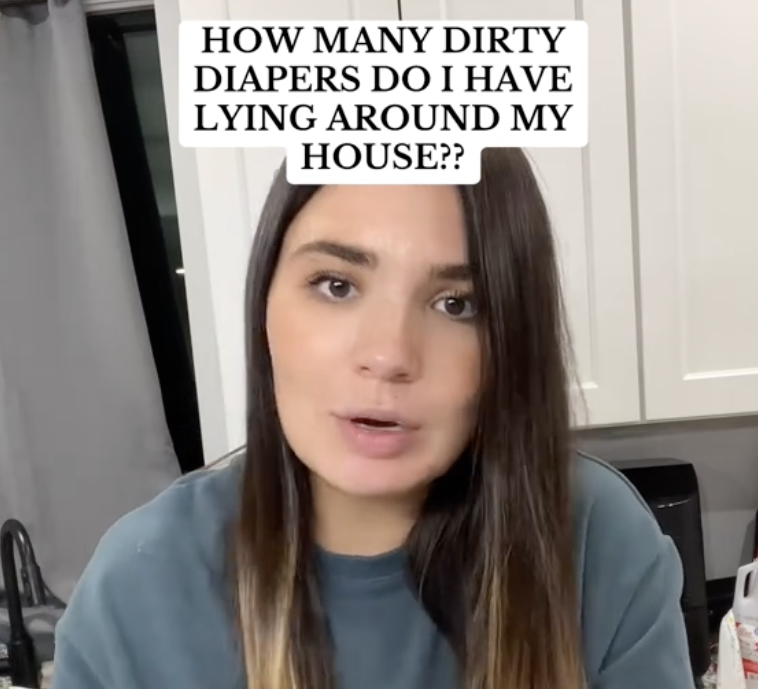In the face of neighborhood concerns arising from a cell phone tower erected in the midst of a residential section of Flushing, City Councilmember John C. Liu convened a meeting between representatives of the T-Mobile phone company and local residents.
Area residents attended the meeting, in the lunchroom of P.S. 163, at 159-01 59th Avenue on Friday, June 1 to express fears of radiation from the tower, or that the tower itself posed a hazard.
Joseph M. Walsh, representing T-Mobile, the owner of the equipment mounted atop the three-story building at 59-24 Kissena Boulevard, assured the gathering that public safety was a paramount concern.
He pointed out to the group that during the first three months of 2007, the equipment in question relayed 298 calls to the 9-1-1 emergency line. “There’s no doubt but that cell phones save lives,” Walsh said.
Dave Collins, a manager with Pinnacle Telecom, a consulting firm to the telecommunications industry, explained that the U.S. Food and Drug Administration (FDA) “did the work to determine the safe level” of exposure to the radio waves from cellular antennas, and that the results were endorsed by the World Health Organization.
“Anything below the FDA limit is safe for continuous exposure, and this site is 150 times lower than that,” he said.
By way of comparison, Collins said that the electromagnetic radiation from a home kitchen refrigerator motor was five times stronger. “These aren’t X-Rays” Collins stressed, “The effects of exposure aren’t cumulative.”
Another concern expressed by some in attendance had to do with the physical danger of the tower itself. The building is 40 years old, and there was concern that it was never designed to hold such a structure. These fears were exacerbated by reports that the ceiling in the apartment beneath the tower was cracking.
Steven Banks, vice president of Innovative Engineering, the architect/engineers on the project, explained that the load created by the equipment was about a third of the capacity of the structure, and that it was “in compliance with New York City Building Code, which takes into account seasonal variations in wind speed.”
Banks told The Queens Courier that the city benchmark for winds was “30 pounds per square foot,” therefore he could not express the limit in terms of a wind speed. “If this was New Jersey I could tell you,” he said.
Walsh told the group that “we don’t know if we caused the cracked ceilings, but we paid to have them repaired.” He assured the group that T-Mobile “want(s) to be responsible,” and that the company would do follow-up studies which they would make available. “We want you to like us enough to become our customer,” he said.































